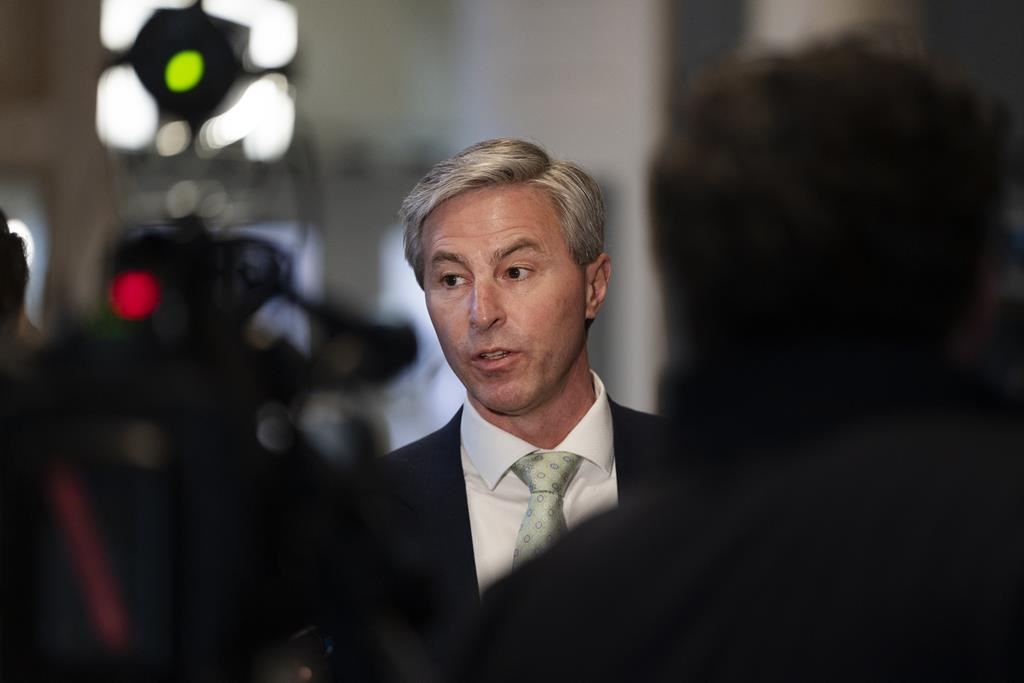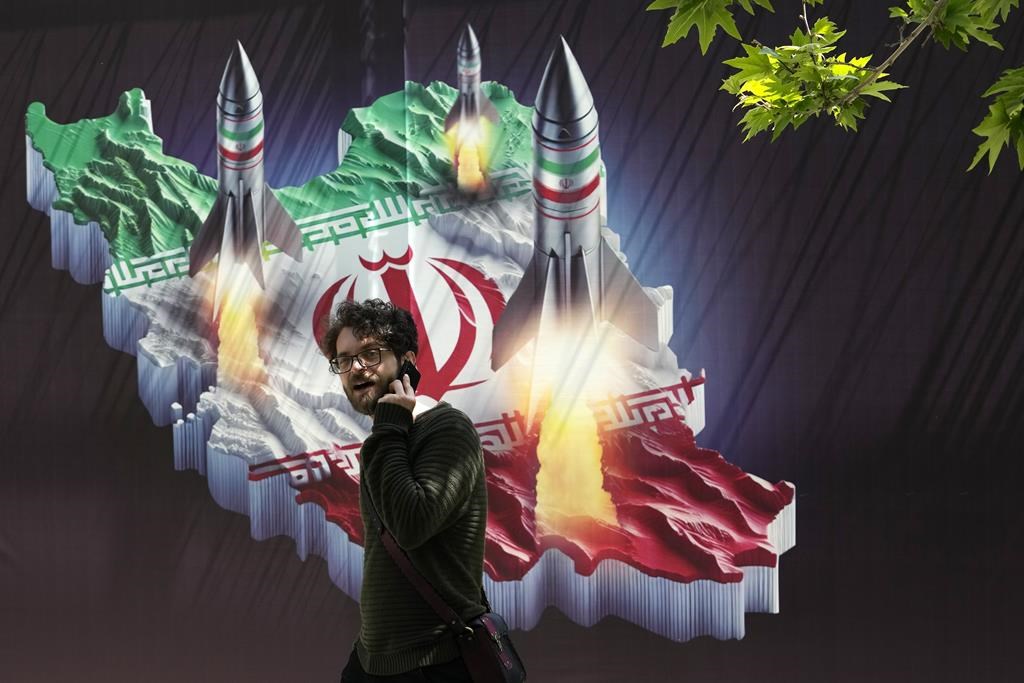Israeli prime minister drops a cartoonish bomb in UN speech on Iran’s nuclear activity
Posted Sep 28, 2012 02:31:59 PM.
This article is more than 5 years old.
JERUSALEM – When Israeli Prime Minister Benjamin Netanyahu held up a cartoon-like drawing of a bomb during his speech at the U.N., he set off an explosion of jokes and mockery — but it also got plenty of attention.
The Bibi Bomb, as it’s being called using Netanyahu’s nickname, is the latest in a series of props used by the Israeli leader as he tries to keep the global spotlight on Iran’s disputed nuclear program.
The image of Netanyahu and the diagram of a bomb with a lighted fuse was top news around the world. Headlines in Europe referred to Netanyahu’s “bomb cartoon” and “comic strip.”
“How much enriched uranium do you need for a bomb? And how close is Iran to getting it?” Netanyahu asked in his speech Thursday to the U.N. General Assembly. “Well, let me show you. I brought a diagram.”
He proceeded to use a marker to draw a red line across what he said was a threshold that Iran was approaching and that Israel could not tolerate — 90 per cent of the way to the uranium enrichment needed to make a nuclear weapon.
Netanyahu is a fan of visual aids. At the U.N. in 2009, he waved the blueprints for the Nazi death camp at Auschwitz. For a speech to the pro-Israel lobby AIPAC in March, he brought letters between the World Jewish Congress and the U.S. government written during the Holocaust. Both documents were used to link the Nazis and the possible modern threat of a nuclear-armed Iran.
He also uses props on domestic issues. At a news conference in Jerusalem earlier this year, Netanyahu drew a tree to symbolize the state of Israel. As he explained his economic vision, he added roots, fruit and leaves to represent different facets of society. Journalists in the room chuckled, but the diagram made headlines.
“It’s a perfect and extreme example of how politicians and leaders find themselves adapting their modes of communication in order to get the maximum amount of publicity,” said Gadi Wolfsfeld, a professor of political communication at the Interdisciplinary Center Herzliya, a college near Tel Aviv.
Within hours of Netanyahu’s speech Thursday, the stunt was fodder for jokes.
A “Bibibomb” hashtag made waves on Twitter. Memes of Netanyahu and the bomb diagram surfaced, with the weapon replaced with a photo of President Barack Obama and Israeli supermodel Bar Refaeli.
On “The Daily Show,” Jon Stewart mocked Netanyahu’s simplistic drawing by saying: “Bibi, bubbe. What’s with the Wile E. Coyote nuclear bomb?” Stewart then presented his solution to counter such a weapon by holding up a drawing of an equally cartoonish giant magnet.
Barcelona’s El Periodico newspaper poked fun at the drawing in a headline that said Netanyahu used “a ridiculous chart” to warn about the advance of Tehran’s nuclear program.
Madrid’s El Mundo said: “Netanyahu explains the nuclear threat with a comic strip.”
Photos of the prime minister and the drawing were in a handful of Austrian newspapers, including The Kurier, headlined: “Netanyahu and the Bomb Cartoon.”
But even the mockery was welcomed by Netanyahu’s supporters.
The jokes “are maybe part of the success because it was an unforgettable speech that delivered its message,” Deputy Foreign Minister Danny Ayalon told Israel’s Channel 2 TV. “Today everyone is talking about it.”
It’s not the first time that visual aids have been used in a U.N. speech. Displays of aerial photos were used in a 1962 speech by then-U.S. Ambassador Adlai Stevenson on the Cuban missile crisis and satellite imagery was used in a 2003 presentation by then-U.S. Secretary of State Colin Powell to make the case that Iraq had weapons of mass destruction.
While the simplistic drawing displayed by Netanyahu succeeded in grabbing attention, it’s not clear what effect it will have on the international community.
Netanyahu has repeatedly been at odds with world powers over Iran’s nuclear program. He has argued that time is running out to stop Iran from becoming a nuclear power and that the threat of force must be seriously considered.
While the international community has pushed for diplomacy as a way to dislodge Iran, Netanyahu has prodded world powers to set a red line on Iran. Obama has vowed to prevent Iran from becoming a nuclear power but has rejected Netanyahu’s demands for setting an ultimatum past which the U.S. would attack. Iran says its nuclear program is for peaceful purposes.
Israel considers a nuclear-armed Iran to be an existential threat, citing Iranian denials of the Holocaust, its calls for Israel’s destruction, its development of missiles capable of striking the Jewish state and its support for hostile Arab militant groups. Iran says its nuclear program is for civilian purposes, a claim that is rejected by much of the international community.
Wolfsfeld said the diagram could be viewed as patronizing or insulting by diplomats.
“In this familiar ploy, (Netanyahu) apparently bought himself a respectable spot in the pictures that will appear in American newspapers and on television,” columnist Eitan Haber wrote in Friday’s Yediot Ahronot newspaper. “But gimmicks and speeches don’t destroy the Iranian nuclear threat.”
___
AP writers George Jahn in Vienna and Alan Clendenning in Madrid contributed to this report.
___
Follow Tia Goldenberg on Twitter (at)tgoldenberg










